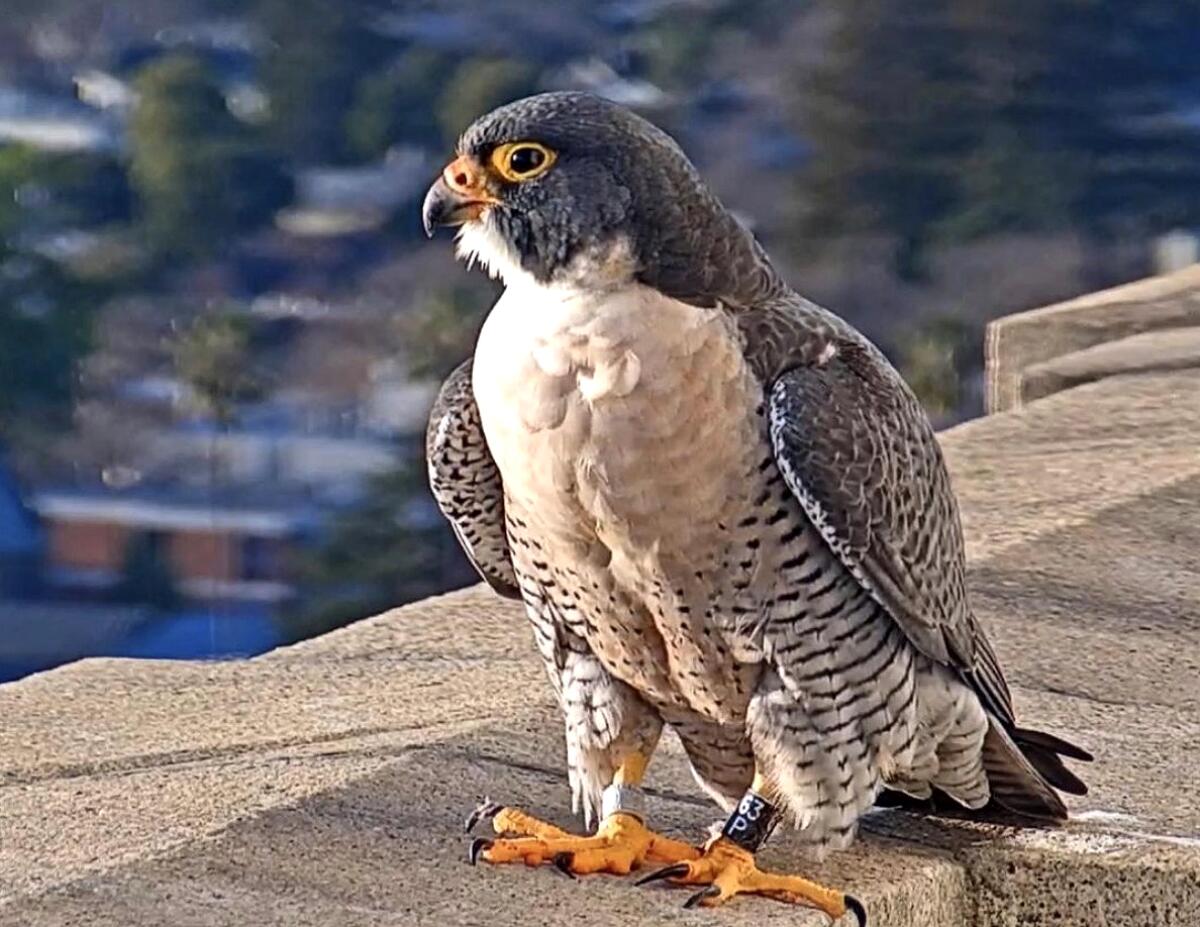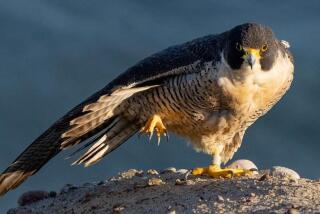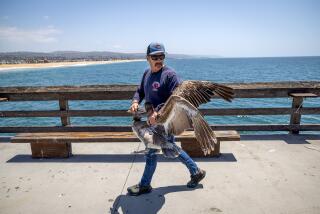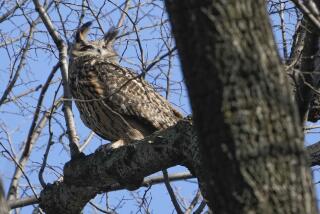Cherished falcon at UC Berkeley dies

BERKELEY — Grinnell, one of a beloved pair of peregrine falcons who made their longtime home atop the bell tower at UC Berkeley, has died, it was announced this week.
Grinnell was found dead Thursday afternoon, according to a tweet on the CalFalconCam Twitter account, run by Cal Falcons, a group that monitors the birds.
“We are devastated and heartbroken,” the tweet said. “His cause of death isn’t known, but he was probably struck by a car given where we found him.”
Grinnell and Annie had been nesting atop the university’s 307-foot-tall Campanile since late 2016 and produced 13 chicks.
“Given the timing of this within the breeding season, it is doubtful that this nest will succeed with Annie alone,” Cal Falcons’ Twitter account said.
Peregrine falcons typically mate for life, although survivors will seek a replacement after a mate dies.
Grinnell was attacked by other falcons last fall and spent nearly three weeks in a wildlife hospital recuperating, while other rivals courted Annie. But he returned and observers felt that the couple was bonding again.
Then in February, Annie vanished from her gravel nest and was briefly presumed injured or dead before returning nearly a week later. Her disappearance made local headlines.
The falcon researchers said they had never seen a female vanish suddenly during peak breeding season and then suddenly return.
Peregrine falcons are considered the world’s fastest birds. They can reach 200 mph during a hunting dive known as a stoop. The American birds were declared endangered in 1970 because of ingesting prey that was poisoned by DDT and other pesticides. The chemical caused the falcons to produce thin-shelled eggs that couldn’t survive until hatching. However, recovery programs brought the bird back from potential extinction.
More to Read
Sign up for Essential California
The most important California stories and recommendations in your inbox every morning.
You may occasionally receive promotional content from the Los Angeles Times.










